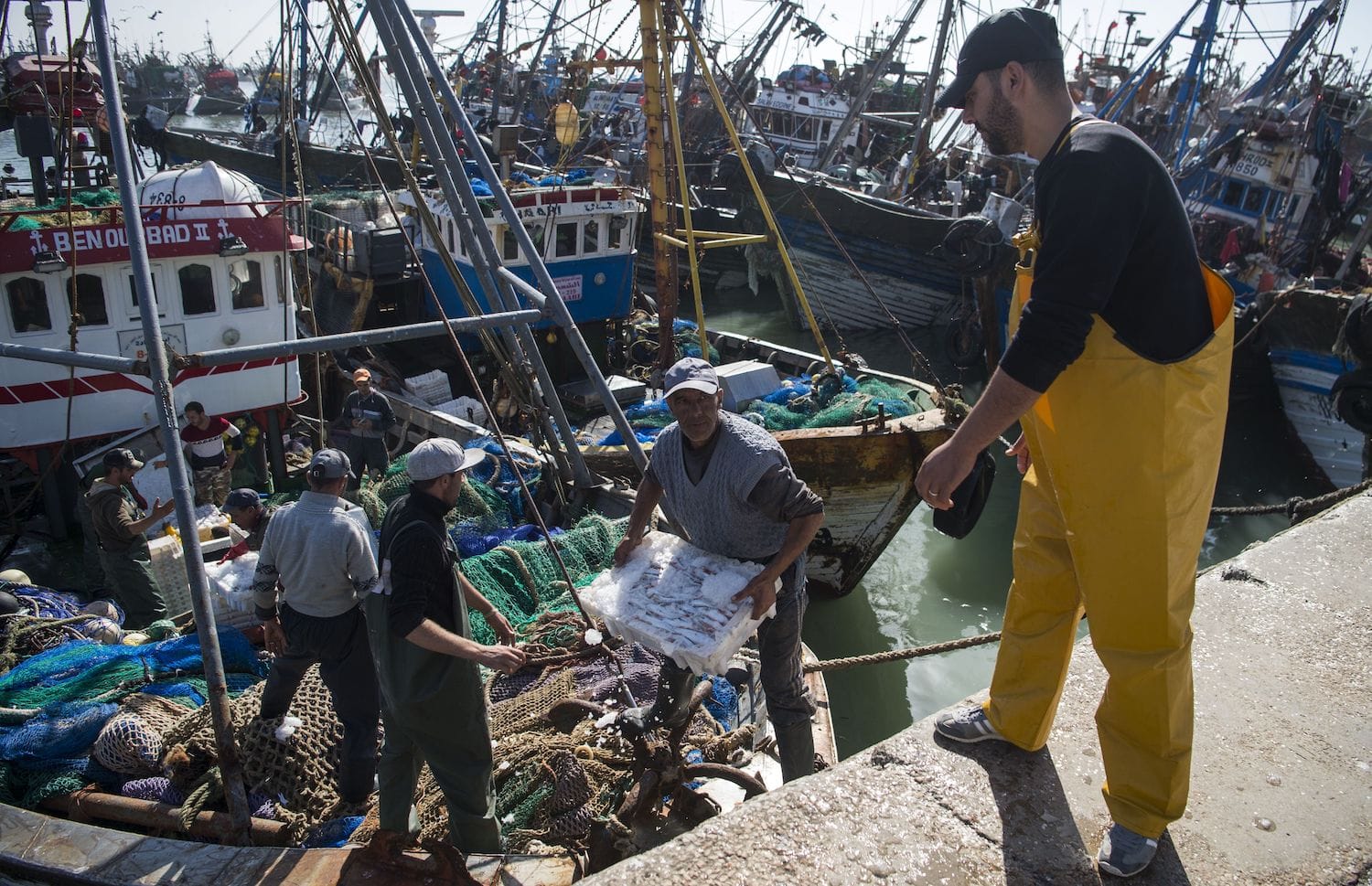How the Fishing Industry Strengthened Morocco’s Occupation of Western Sahara
The United Nations considers Western Sahara to be the last African colony. Until 1975 it was a non-self-governing territory legally recognized as being administered by the European colonial power of Spain. Instead of achieving independence when Spain withdrew, Western Sahara and its offshore waters











